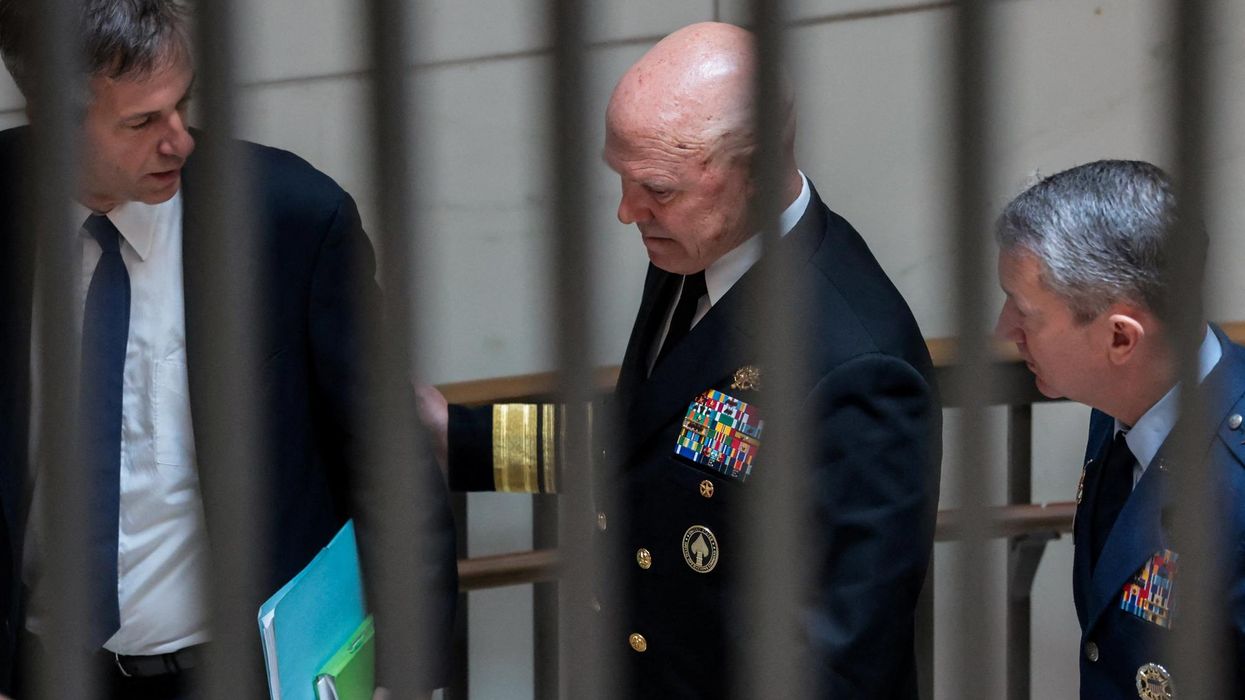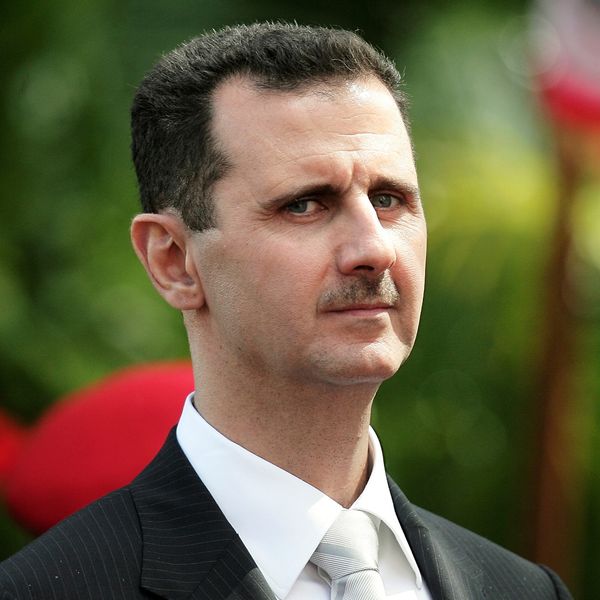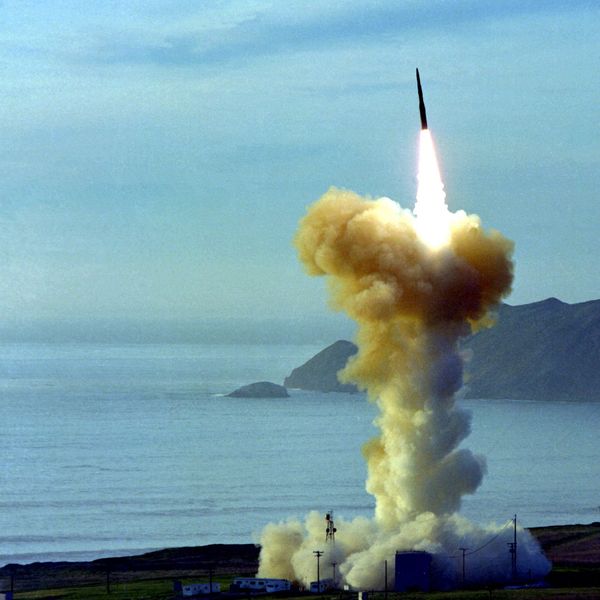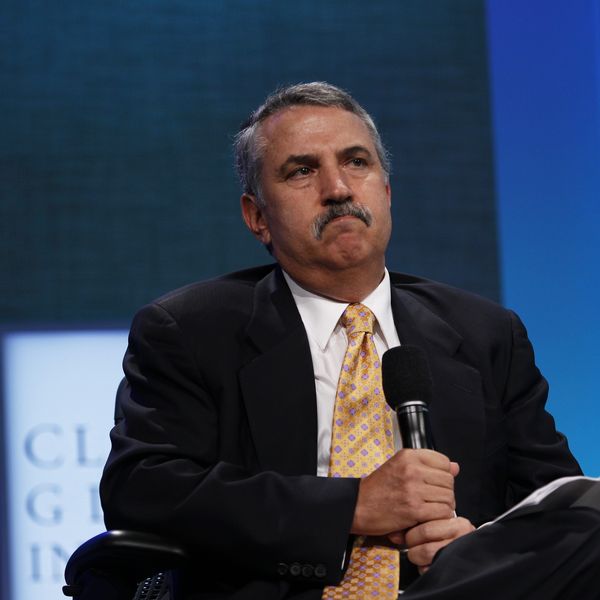Amid calls for Europe to rearm, competing ideas are circulating around how to ensure European nations can take on Russia in a possible future war without U.S. backing. While the idea of a rearmament bank may carry some appeal, it’s less clear that there’s any new money for what is likely to be a very expensive enterprise.
The European Commission recently unveiled €800 billion ($876 billion) plan to REARM. The plan essentially involves imposing a huge hike in defense spending on every member state. Some €650 billion ($712 billion) of the funds would come from each of the 27 members increasing defense spending on average by 1.5% of GDP on top of current levels.
It’s hard to imagine that such an increase would be politically palatable given that many European governments are highly in debt. For example, France would need to increase its military spending by almost $47 billion each year when its debt stands already at 113% of GDP. Likewise Italy, the EU’s third largest defense power, would have to increase spending by $34.7 billion each year with its current debt at 136% of GDP.
So, European countries are scrambling to seek elegant ways to boost defense spending, including off-balance sheet. One idea that has emerged recently has been creating a Rearmament Bank (also known as a Defence Security and Resilience Bank). It would be designed to tap private investment to support development of defense capabilities.
The commercial appeal to establishing a bank to provide investment funding for new defense projects and purchases appears powerful. As I pointed out previously, NATO currently spends a staggering $472 billion per year on equipment alone each year, of which $113.4 billion is spent by EU countries. Add in a REARM boost — if it materializes — and the EU figure could jump to $195.1 billion.
A bank founded on commercial principles might be helpful in tackling widespread sclerosis in Europe-wide defense procurement. This is not a problem unique to Europe, as the Department of Defense also struggles to account accurately for its $800 billion+ yearly spending and its $4 trillion in assets.
For European governments, the bank would help shift more of the risk of cost and project overruns onto defense contractors, while lifting direct costs of development from government balance sheets. But at best, that might control spiraling costs, rather than necessarily reducing costs or providing additional capabilities.
The UK provides a perfect case study. On December 4, 2023, the National Audit Office produced a review of the defense ministry’s equipment plan for the next decade, concluding that it was unaffordable and was facing its largest budget deficit since the plan was introduced in 2012. Note here that the current plan was developed two years before the Ukraine war started.
The costs of the equipment program shot up by 27%, or $83.8 billion, between 2022 and 2023, and that was based on the “most likely” scenario for spending. In the “worst case,” the total increase in cost will amount to almost $102 billion. Add in other expected cost overruns that the MoD reassures us can be absorbed by efficiency savings, the cost then shoots up to over $133 billion.
In March 2024, the Parliamentary Public Accounts Committee reported that the defense ministry has been consistently unable or unwilling to control the spiraling costs and delivery schedules of its 1,800 defense projects. The MoD has a woeful track record: whether it’s a $550 million overspend on the Warrior armored vehicle program, a $3.2 billion overrun on new aircraft carriers, or a 59% delay in delivering the Challenger 3 tank.
By far the biggest area of budgetary pressure is found in the nuclear program, which is currently overspent by 62%. There is a joint UK-U.S. project to build a new class of submarines to counter the apparent threat from China under the AUKUS program; although the current generation of the UK’s Astute class fleet submarines has only been operational for 10 years.
We have a program to design a new nuclear warhead with the U.S., as if having 225 nukes wasn’t enough. The ‘Dreadnought’ submarine, to replace the SSBNSs that carry the UK’s nuclear missiles, is currently seven years behind schedule. None of these massively costly projects are giving us capabilities that we don’t already possess. While they are undoubtedly strengthening the UK’s military-industrial supply chain, they aren’t making us safer.
Meanwhile, money to pay for actual soldiers, sailors and air personnel has been pinched, given the ballooning costs of equipment. Research has suggested a 10% cut in real terms in UK military resource costs since 2010. The day-to-day budget last year (2024-25) to pay for the lads and lasses on the front line of our defense, has been cut by $3.2 billion. Many service personnel worry about whether they’ll have a house to live in. Submariners talk about the increased stress of longer deployments which have been driven by the need to cut costs.
By far the biggest threat facing European militaries contemplating a future war with Russia is force density; Europe’s armies are just much smaller than those of both Russia and Ukraine. It is still far from clear that the headline-grabbing $876 billion European REARM plan will deliver significantly larger armies given likely resistance to the proposed spending increases.
For now, the UK, along with Poland, appears most keen to push the idea of a Rearmament Bank. Part of the reason is Britain’s exclusion from the Commission’s plan under the REARM program to offer defense loans totaling $150 billion over four years. However, the two initiatives appear to serve different purposes: the proposed bank aims to support new investment in defense equipment development and procurement, while generating a commercial return; the loans scheme is a Commission-led initiative to help states purchase additional weapon supplies for Ukraine at low rates of interest.
As always, setting aside the grand aims and headline-grabbing statements, there’s a baseline indecisiveness in Europe around spending huge additional sums on defense, even as the U.S. looks to scale back its engagement.
That sentiment may worsen if the ongoing tariff war develops into a global recession. For now, Euro REARM and the UK-led Rearmament Bank appear simply to be shuffling fake money around the monopoly board of European defense.
















